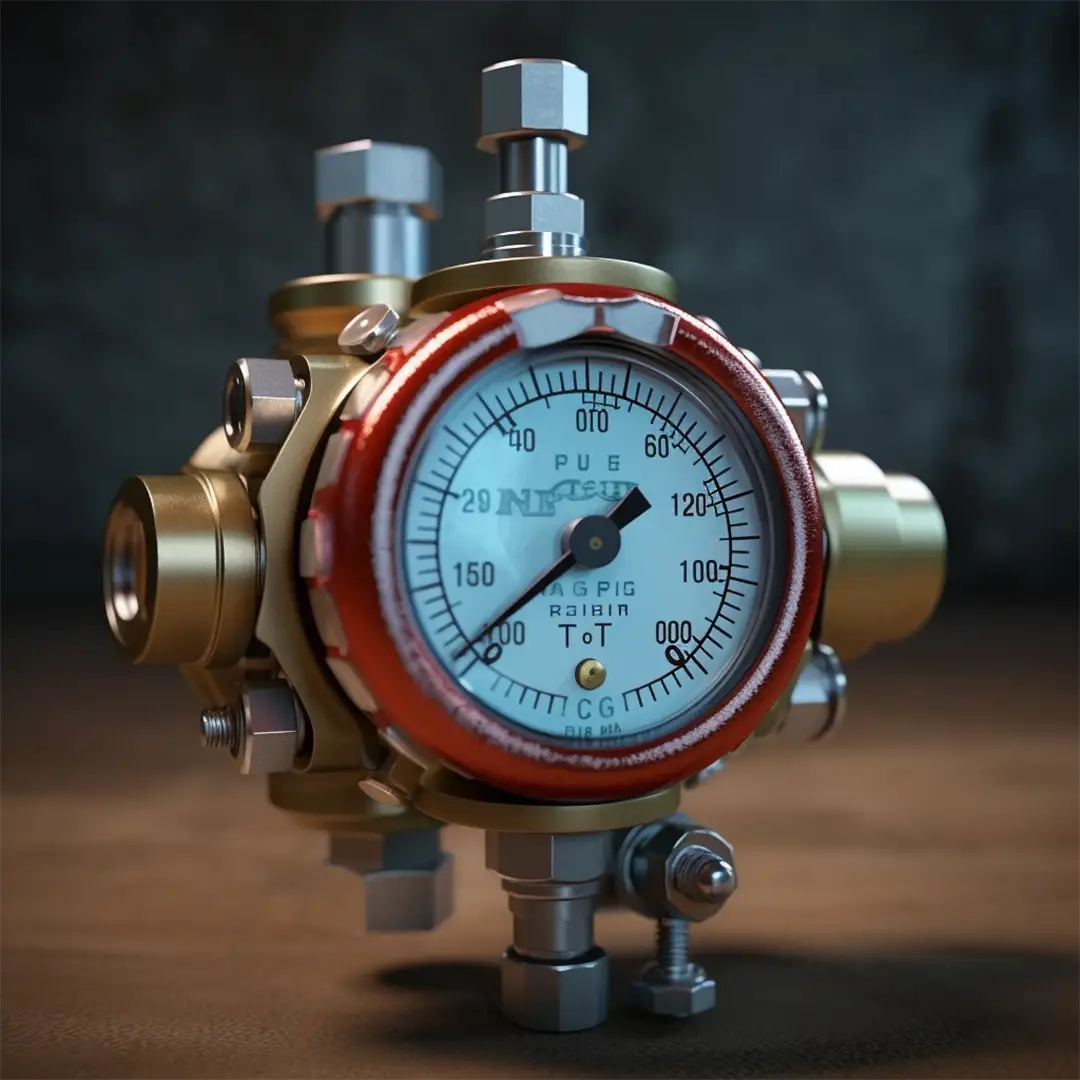Everything you need to know about the fluted pin

Why are there splines on some pins?
First of all, you should know that there are, among other things, smooth pins, rectified pins And fluted pins.
And these rooms have several functions:
- Immobilize one room in relation to another: solidarity
- Position one part in relation to another: posturing
- Serve as an axis within an assembly: turnover
- Serve as a piece of security in an assembly
On a fluted pin, there may be 1, 2, 3 or 6 flutes.
Generally there are 3 flutes at 120° for a simple reason. It is necessary to have a good distribution of forces all around the assembly. The 3 supports allow so-called isostatic support. Operation is then carried out without excessive stress and allows the transmission of forces within the assembly.
Did you know that?
When there are 2 presses, it is said that it is a hypostatic hold.
When there are 4 supports, we say that it is a hyperstatic support because there is one support that works less than the others. This is also why on a 4-legged chair, there is always one foot that makes the chair unstable!
The purpose of splines is to be able to be adjusted in an assembly. When the pin enters a hole, the splines partially close and the metal flows between the splines to make an adjustment between the shaft and the hole. Tightening is therefore said to be elastic and not a simple seizure.

How do you make fluted pins?
There are several techniques and several machines capable of manufacturing fluted pins.
First, a specialized machine takes care of forming the pin. This is done from an iron bar, in the desired material (stainless steel, brass, steel, aluminum etc.):
- The bar enters the machine
- The machine cuts the bar to the desired dimensions
- The part is cleaned and oiled to facilitate part/machine friction
Depending on the desired part, chamfers or other specificities can be added using other specialized machines. The part can also be subjected to surface treatments if desired.
As for the splines, they are made using a machine specially designed to measure by LGC, which we call “Fluting machine”. The parts are placed in the splining station by hand or by a robot.
When this step is automatic, the machine takes the part and places it in the center of the machine. Tools then deform the pin very precisely in order to form splines. In most cases, it is a cold deformation.
Did you know that?
When the pin When pressed on the receiving part, the diameter of the pin increases at the edge of the groove. This technical characteristic is called the “bulge diameter.”
There are two types of tools to perform a Fluting :
- Nails: used in so-called “striking” fluting machines. The part is fixed during fluting. The length of the spline depends on the width of the tool.
- Rollers: used in fluting machines called “presses”. The part is fixed or in motion during fluting. The length of the spline is variable.
What are the application cases related to pins?
You may be surprised because they are in a lot of everyday objects.
First of all, pins are present in all gasoline and diesel car engines and more recently in electric or hybrid motors to fix various assemblies.
In cars we can also find them in:
- The gearbox
- The door
- The steering column
- The fuel trap
- The armrests
- The window mechanism
- The glove box
And more and more, the pin is finding its place in electric cars: in the braking system, in the fixing of the batteries and in the charging stations.
They can also be found in non-automotive applications such as in non-automotive engines, in removable handles or in fire extinguishers for example.
A pin can be applied to all assemblies requiring fixing, securing or positioning.

Schlussfolgerung
Fluted pins are found in many objects around us. If you need advice on choosing pins adapted to your productions, you can contact specialists who will help you choose the most suitable pin.
At LGC Industries, we pay particular attention to co and eco-design with our partners.
Our design office and our machine park allow us to meet specific needs. Our multidisciplinary team supports customers throughout their thinking and during the parts manufacturing process.
The internal retrofit of our machine park as well as the continuous improvement of our means of production will be able to benefit from this new know-how. 3D printing and our new software facilitate the production of complex parts with low stress and reduce the waste of heavy metals, continuing the Lean Manufacturing strategy of LGC Industries.
To find the fixing method adapted to your needs, contact us !
See you soon at LGC Industries!



